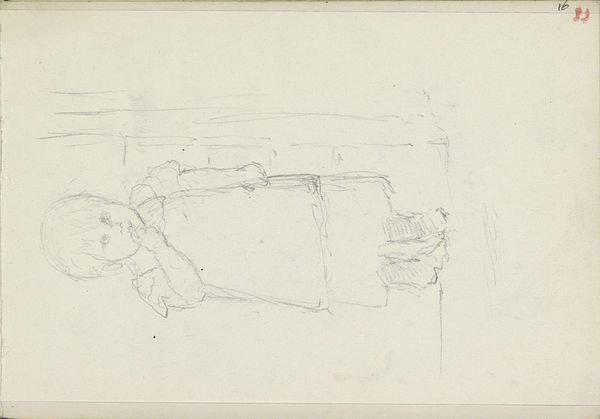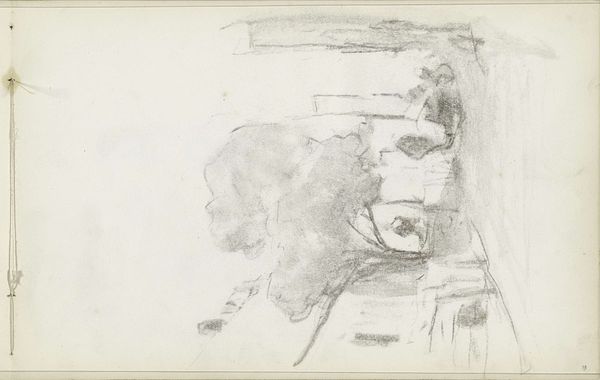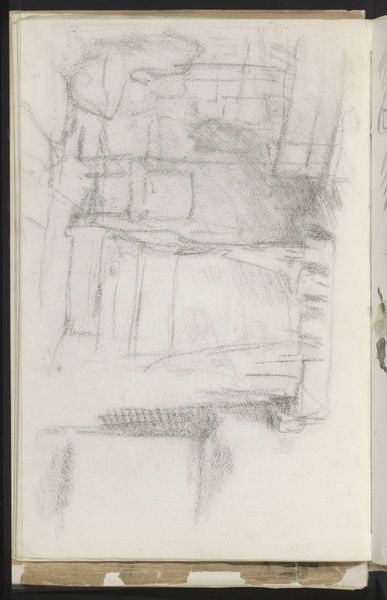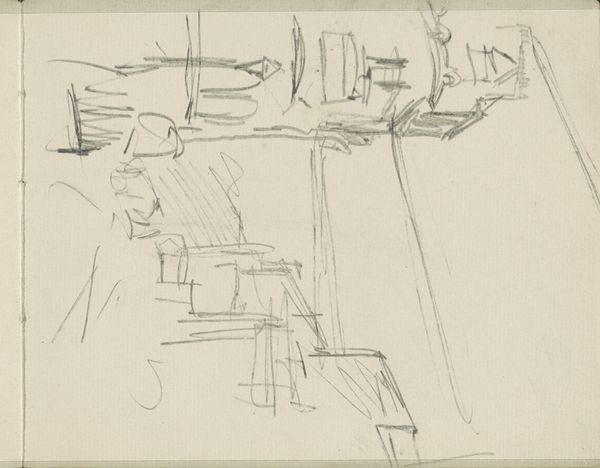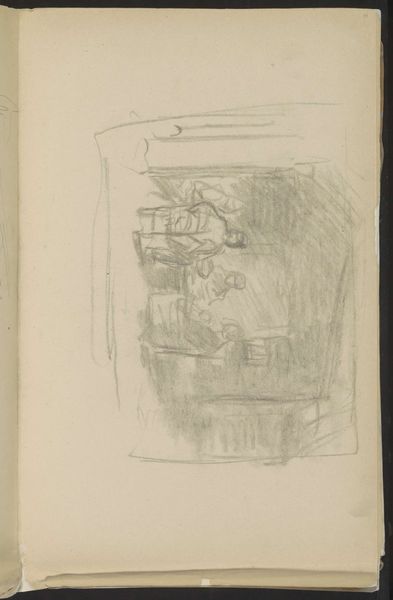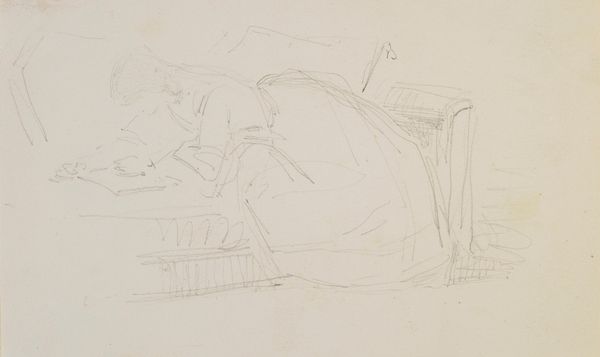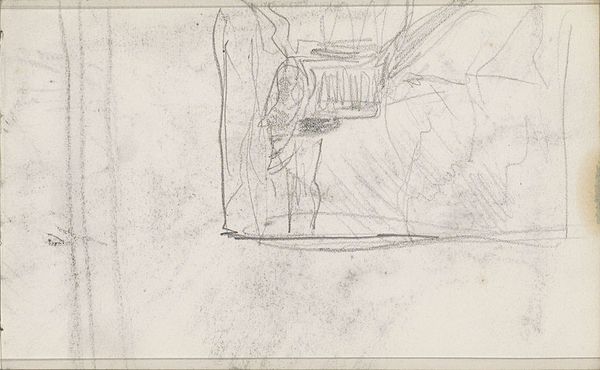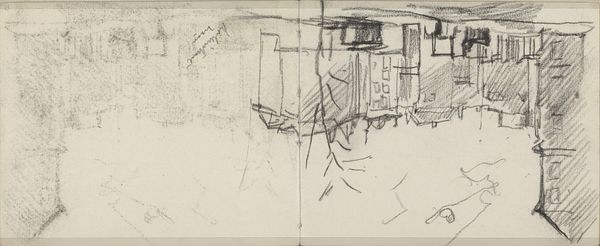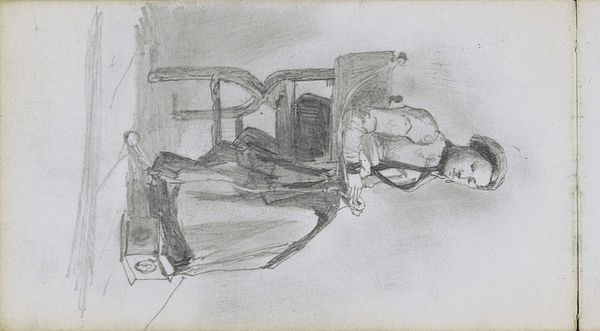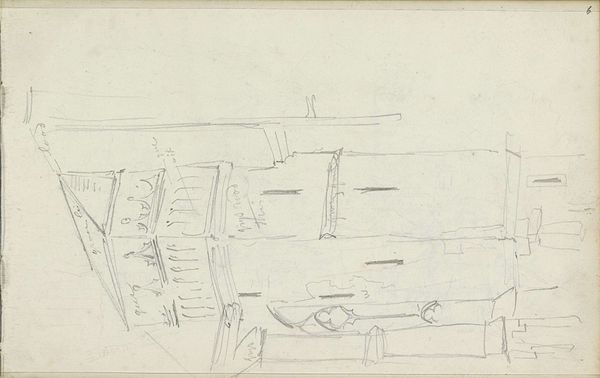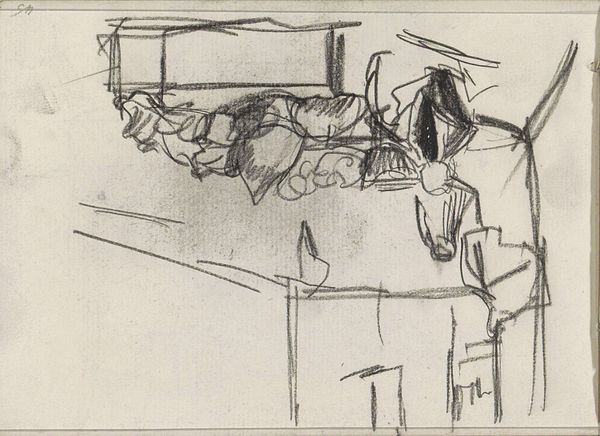
drawing, paper, pencil, architecture
#
drawing
#
etching
#
paper
#
pencil
#
architecture drawing
#
architecture
#
realism
Copyright: Rijks Museum: Open Domain
Editor: This is "Studie," a pencil and paper drawing by Johannes Bosboom, made sometime between 1827 and 1891. It feels very ephemeral, a fleeting glimpse of architecture. What can you tell me about its place in history? Curator: Well, considering Bosboom's era and the drawing's realism, it reflects a broader 19th-century interest in objectively documenting the world. We see architectural studies becoming increasingly popular, often serving a purpose beyond just art. Editor: A purpose like what? Curator: Think about the rise of urban planning and historical preservation in the 19th century. Drawings like these were essential for recording buildings before they were altered or demolished. Bosboom might have been contributing to a visual archive of Dutch architecture, shaping how the nation remembered its past through selective preservation and representation. The museum clearly plays a role, doesn’t it? Editor: Definitely. But, it’s also quite sketchy; it could be seen as simply an artistic impression, not strictly documentary. Curator: Exactly, and there's the tension! Even if intended as documentary, Bosboom’s choices in what to include and how to depict it reveal his artistic biases and, perhaps, those of the institutions commissioning or collecting such work. Editor: So it's not just about what's there, but why it’s presented and preserved like this. It challenges my initial perception of a quick sketch! Curator: Precisely. Looking at it this way highlights how seemingly objective art can also be deeply entangled with socio-political agendas. Editor: I now understand that these seemingly simple drawings reveal how much the public's idea of history relies on what is created and what is shown.
Comments
No comments
Be the first to comment and join the conversation on the ultimate creative platform.
